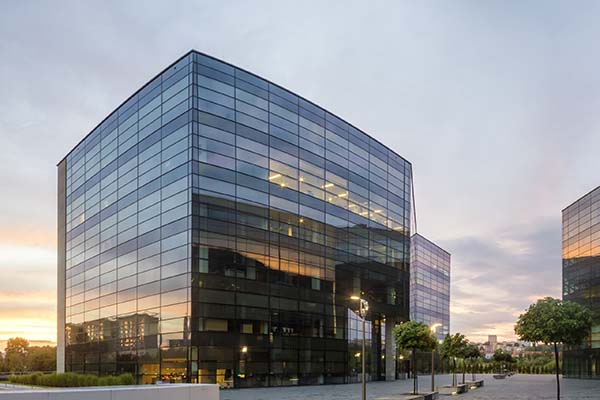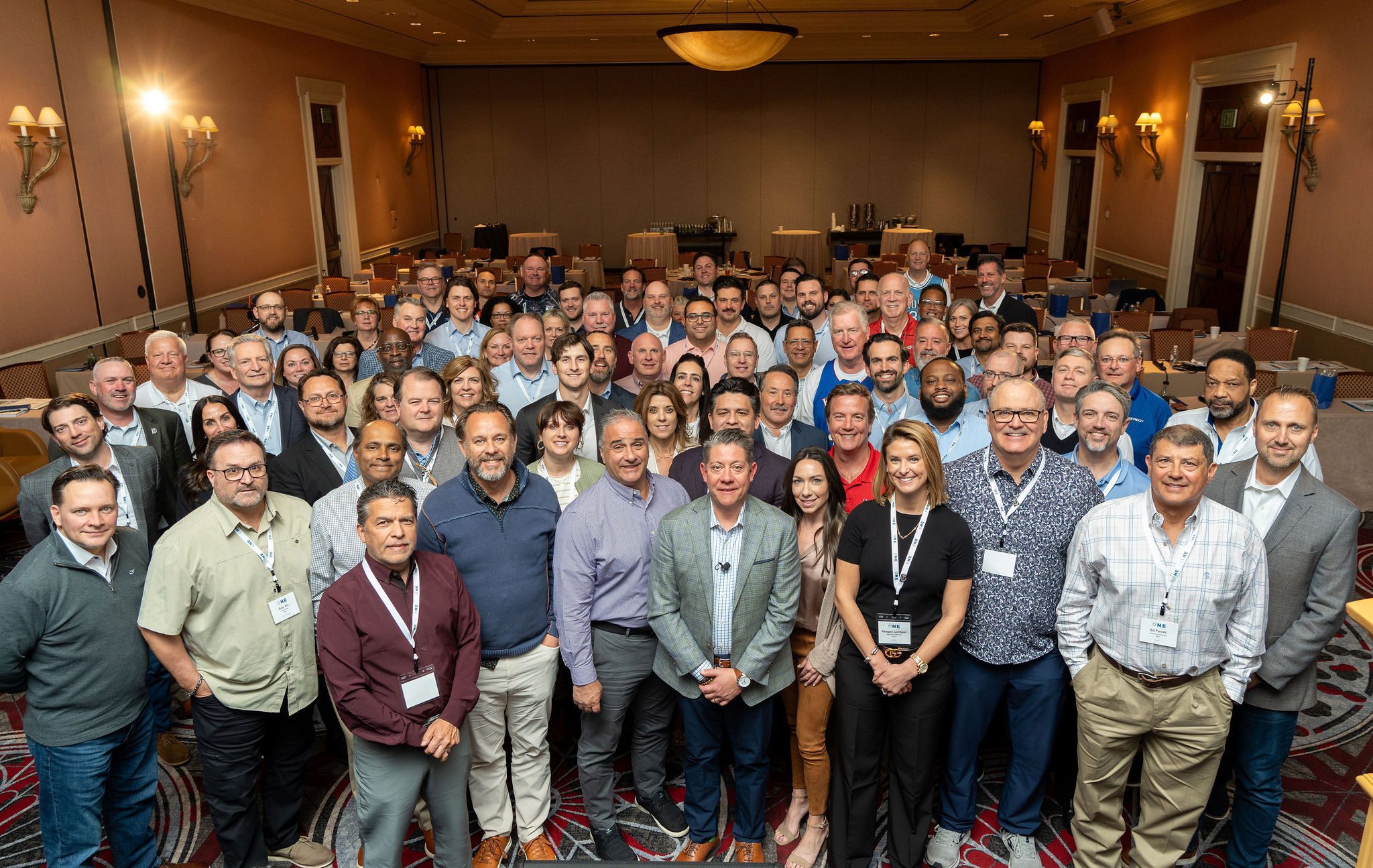Optimizing energy efficiency in an older building can present many opportunities and challenges. Depending on when the facility was constructed, you could be dealing with aging HVAC systems, outdated controls hardware, inefficient controls sequences of operation, and other systems designed for a building that has evolved away from its original design intent. A systematic, transparent, and proven way to ensure facilities are operating as efficiently and cost-effectively as possible is by engaging with a third-party commissioning agent to perform commissioning. When commissioning is performed on existing buildings it is called Retro-Commissioning (RCx). Retro-commissioning provides building owners and operators with valuable information about the current state and improvement opportunities for heating, cooling, ventilation, and controls systems. While retro-commissioning is a valuable approach, it only provides a snapshot, a momentary picture of how the systems are operating during the RCx project. There is a commissioning approach beyond this snapshot which provides on-going analytics, fault-detection, and system optimization.
What is Enhanced Retro-Commissioning?
Enhanced Retro-Commissioning (ERCx) is a process of ensuring heating, cooling, ventilation, controls, electrical, water, and other key building systems are operating efficiently on an on-going basis. Enhanced retro-commissioning is distinct from standard retro-commissioning in that it involves a process for continual data monitoring, analytics, and reporting of actionable information. This is done by implementing an energy management system and data analytics platform to allow for on-going and real-time data monitoring and optimization. By going beyond one-time RCx and opting for real-time ERCx, facility owners and operators can achieve persistent energy efficiency improvements with data-validated measurement and verification of energy and cost savings.
Why choose ERCx
In some instances, conducting a standard retro-commissioning project on a building is sufficient. The knowledge gained by RCx can call out system and controls deficiencies, prioritize system upgrades, help evaluate potential building renovations, and quantify gains made through previous improvements. This information can be vital for assessing the strengths and weaknesses of a facility and beginning a strategy for greater efficiency and data visibility. Often facility owners and operators will use RCx as the first step toward ERCx to identify control system deficiencies to be upgraded to allow for on-going ERCx. The process of retro-commissioning, however, is static. Once the assessment is made, any further changes to a building’s systems or operations cannot be evaluated and optimized in an on-going manner.
When to use ERCx
For facility owners and operators who want more than a snapshot in time building evaluation, enhanced retro-commissioning is needed. By continuously collecting and evaluating energy, heating, cooling, ventilation, and controls data through an energy management system, commissioning agents can continuously evaluate and optimize your building systems. ERCx will ensure you are aware of any system faults or operation failures in real-time and allow you to act proactively before more severe issues arise. Additionally, ERCx is a proven and accepted way to measure, verify, and demonstrate energy and cost savings on an ongoing basis. Instead of projecting or calculating likely savings, ERCx provides certainty about the results of energy conservation measures and the data to back it up.
ERCx is a great option for any large facility such as a manufacturing or industrial facility, office or retail space, or an institutional facility such as a hospital, school, or municipal building. With an energy monitoring system in place, ERCx ensures that dynamically changing buildings maintain peak energy efficiency. Even when a building’s operation is fairly constant, ERCx is the best option for on-going identification of failed sensors, controls, and other mechanical components and inefficient control sequence that could go unseen for months or years resulting in inefficient or unsafe operation. Opting for enhanced retro-commissioning as opposed to standard retro-commissioning will guarantee you can keep up with changes in functional usage, use intensity, and seasonal changes which all impact your building systems and energy usage.
Are you ready for Enhanced Retro-Commissioning?
If your existing building is in need of commissioning or if you would like to verify if the effort you are putting into increasing efficiency is paying off, consider enhanced retro-commissioning. If you want to stay ahead of building changes, mechanical failures, and inefficient control sequences, enhanced retro-commissioning is a proven and powerful approach. To learn more about enhanced retro-commissioning and whether it is a good option for your needs, contact us today.






